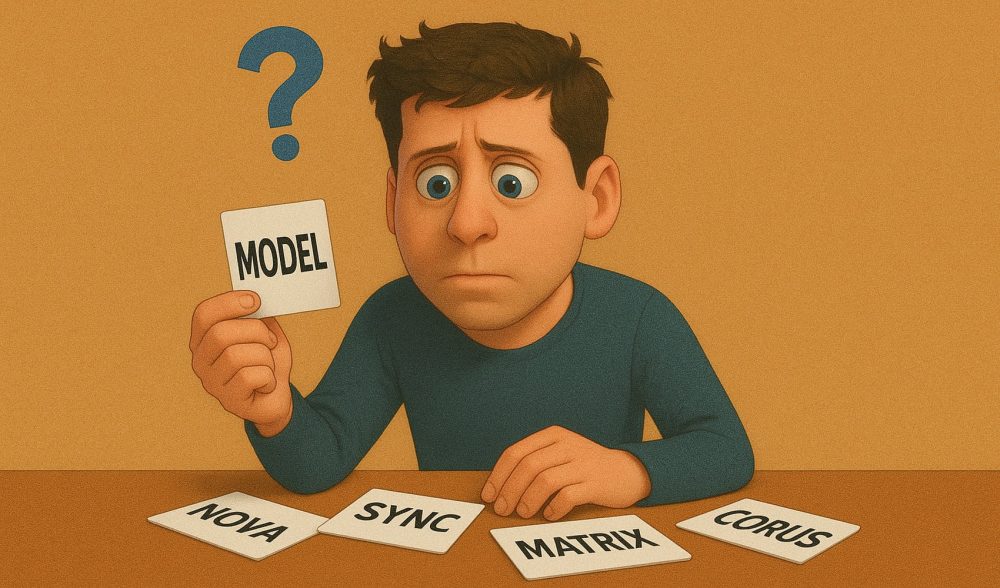OpenAI’s approach to product naming has been consistently bewildering, with designations like “GPT-4o,” “o1-mini,” and “o3-mini” feeling more like internal code snippets than user-facing product names. Addressing this, OpenAI CEO Sam Altman admitted in a January 4, 2025 blog post, “We are much better at research than we are at naming things.” This wasn’t the first time he’d poked fun at their naming skills; back in January 2023, during an event interview, he quipped, “We’re like, the worst naming of anything, ever.”
But this whole naming business isn’t just a laughing matter. To put it in terms even those OpenAI ‘model brains’ might understand: naming isn’t merely a label, it’s a crucial “prompt” shaping user perception. A clear, imaginative name can spark emotional connection and significantly lower the cognitive barrier to entry. In stark contrast, OpenAI’s naming conventions scream “engineer was here,” largely overlooking the actual user experience.
Insights from psychology and sociology tell us that humans are wired to remember words that are concrete and carry emotional weight. Steve Jobs, especially in his later years, understood this well. The name “iPhone” is a prime example – simple, powerful, hinting at the fusion of the Internet and the Phone, while cleverly suggesting the personal “I” as a core part of its appeal.
Sam Altman himself acknowledged the ongoing mockery, posting on X on April 14, 2025: “How about we fix our model naming by this summer and everyone gets a few more months to make fun of us (which we very much deserve) until then?” Yet, despite this promise, it seems they haven’t quite tackled the root of the issue.
Ultimately, OpenAI’s naming problem might just be a microcosm of a larger challenge within the AI innovation landscape. The field often leans heavily on so-called “left-brain” capabilities – data, logic, reasoning. However, this purely logical approach does little to assuage the public’s inherent fear of AI, which is fundamentally an emotion. Looking at this through the lens of “The Right-Brained Organization” theory, humans operate differently from AI; our most potent prompts often come from our senses: sight, sound, smell, and feeling.

